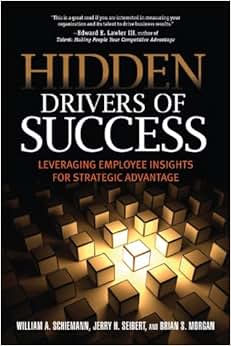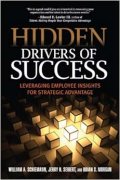
How to Do Paper Trading on TradingView
Intro If you鈥檝e ever watched the markets without pulling the trigger, you鈥檙e not alone. Paper trading on TradingView gives you a real-time playground鈥攃harts, data, and everything you need鈥攚ithout risking actual money. It鈥檚 a smart way to test ideas, refine risk rules, and build confidence before you step into live execution. You can play with forex, stocks, crypto, indices, options, and commodities, all in one familiar interface.
Getting started with paper trading on TradingView You don鈥檛 need a fancy setup to begin. In TradingView, open a chart, then head to the bottom panel and choose Paper Trading as your broker type. You鈥檒l be asked to set an initial balance; think of it as your virtual bankroll. From there, you can place simulated orders directly on the chart鈥攎arket orders, limit orders, and stop-loss orders鈥攋ust like you would in a real account. The beauty is seeing how your decisions map onto actual price action, with a live feed that鈥檚 easy to inspect later. As one trader I know says, 鈥淚 learned to respect gaps and slippage on a real-time canvas鈥攚ithout losing real money.鈥?/p>
What to expect: features and practical use Paper trading on TradingView isn鈥檛 a toy. It mirrors real charts, with real-time quotes, and lets you track performance, P&L, and commission costs. You can test Pine Script strategies against live data and see where your backtests diverge from live trades. The platform also supports multiple asset classes in one view, so you can test cross-market ideas鈥攍ike a forex breakout that coincides with a stock index pullback or a crypto rally supported by a commodity hedge. The key is to treat it as a learning lab: iterate, record what works, and adjust your rules before you risk real funds.
Asset-class notes and best practices
- Forex: watch for spreads and liquidity shifts; timing can be everything in the 24/5 market.
- Stocks and indices: pay attention to earnings days or macro releases that cause volatile moves.
- Crypto: 24/7 trading means price action around the clock; plan for weekend moves even if you鈥檙e only testing during the week.
- Options and commodities: ensure your paper setup reflects the quirks of those markets, including contract specifications and fees. The overarching tip: build rules you can automate or clearly document, then follow them in the simulator to see if they hold.
Reliability, risk, and leverage in a test environment Think of paper trading as a risk-free lab for your risk management: position sizing, stop placement, and drawdown limits. Use modest leverage in tests to capture how it magnifies outcomes, but always translate those insights into real-risk rules. Document your assumptions鈥攕lippage, commissions, and spread are not just numbers, they shape reality.
Web3, DeFi, and the evolving landscape Today鈥檚 traders mix traditional venues with decentralized finance ideas. DeFi offers permissionless liquidity and on-chain analytics, yet live paper trading on TradingView sits in a centralized, polished workflow. The challenge is reconciling on-chain realities鈥攇as costs, front-running, cross-chain liquidity鈥攚ith the convenience of a single charting platform. The trend? A hybrid world where you practice in a sandbox, then test on trusted venues, with on-chain data streams feeding smarter models.
Future trends: smart contracts and AI-driven trading Smart contracts could automate disciplined restocking of capital or automatic risk-rebalancing across asset classes. AI-driven signals and adaptive strategies promise more personalized risk controls, but they require rigorous validation in paper trading before live deployment. The takeaway: stay curious, but keep your guardrails tight until you鈥檝e proven the approach under stress.
Closing thought and promo lines Paper trading on TradingView is your low-pressure launch pad for the next generation of markets. 鈥淧ractice today, trade with confidence tomorrow鈥?isn鈥檛 just a slogan鈥攊ts a habit. If you鈥檙e exploring web3, multi-asset exposure, and the blend of AI with smart contracts, start in the sandbox, then scale with a clear plan. How to do paper trading on TradingView isn鈥檛 just about learning the ropes; it鈥檚 about building a reliable, repeatable approach that works across markets. Ready to turn ideas into tested rules? Your practice-ground today could be your edge in a smarter, safer market tomorrow.



